With 232 pages and an expanded 12″ by 12″ format, our biggest print issue yet celebrates the people, places, music, and art of our hometown, including cover features on David Lynch, Nipsey Hussle, Syd, and Phoebe Bridgers’ Saddest Factory Records, plus Brian Wilson, Cuco, Ty Segall, Lord Huron, Remi Wolf, The Doors, the art of RISK, Taz, Estevan Oriol, Kii Arens, and Edward Colver, and so much more.
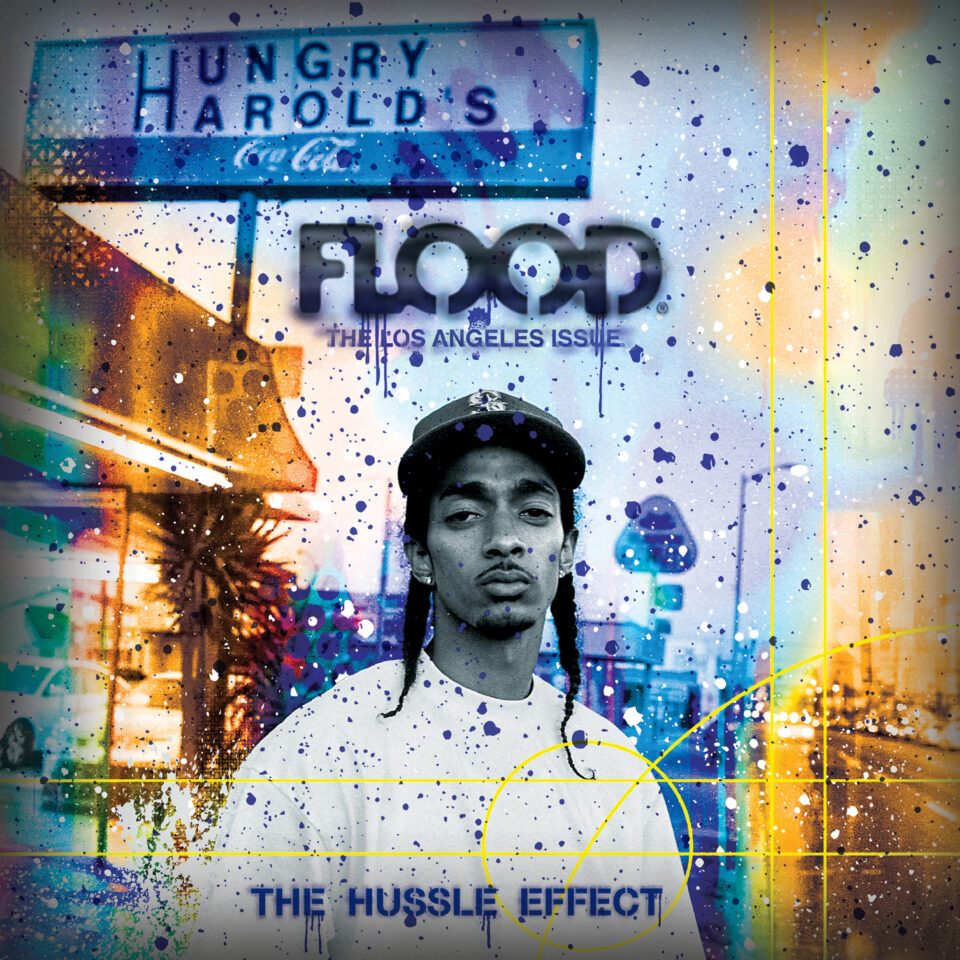
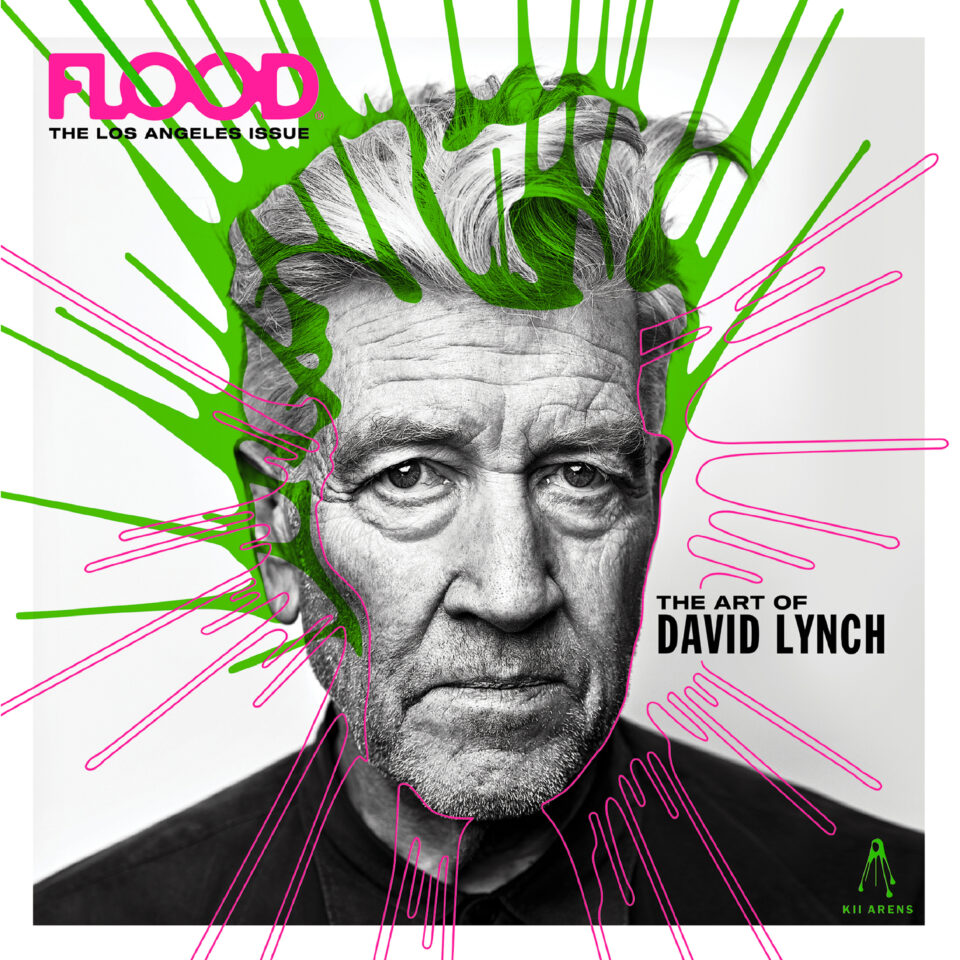
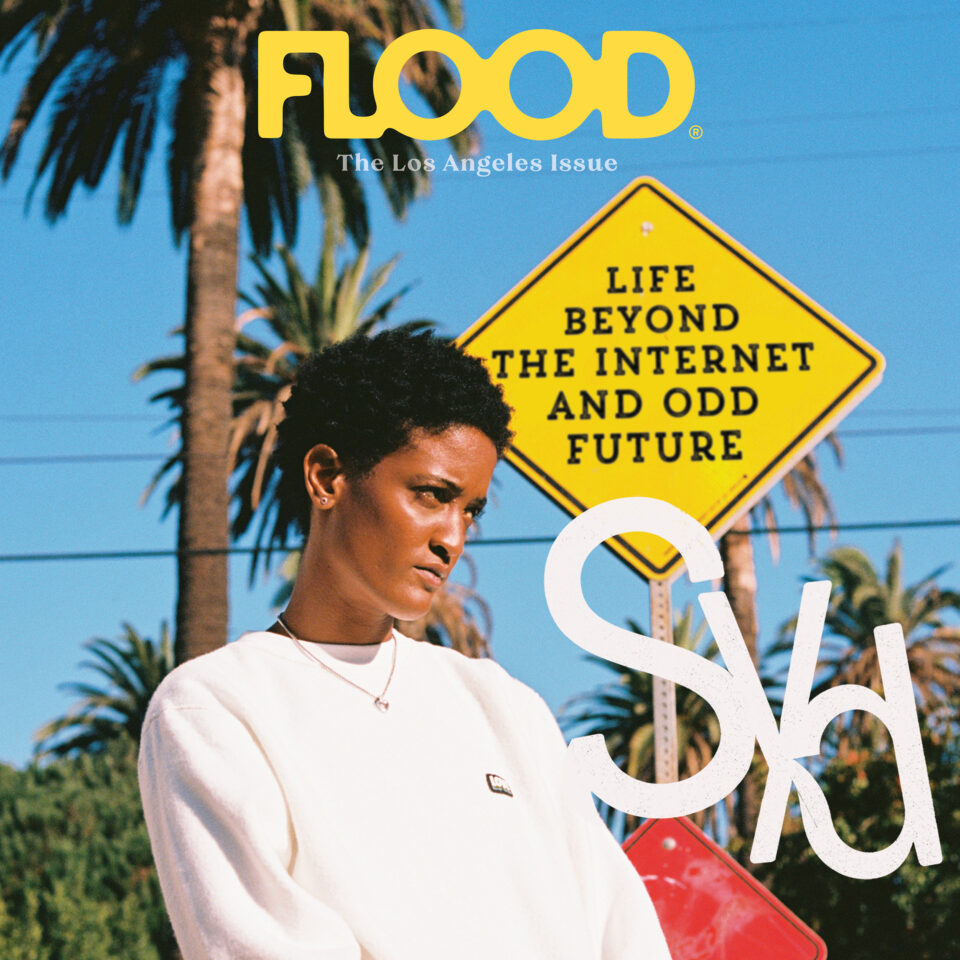
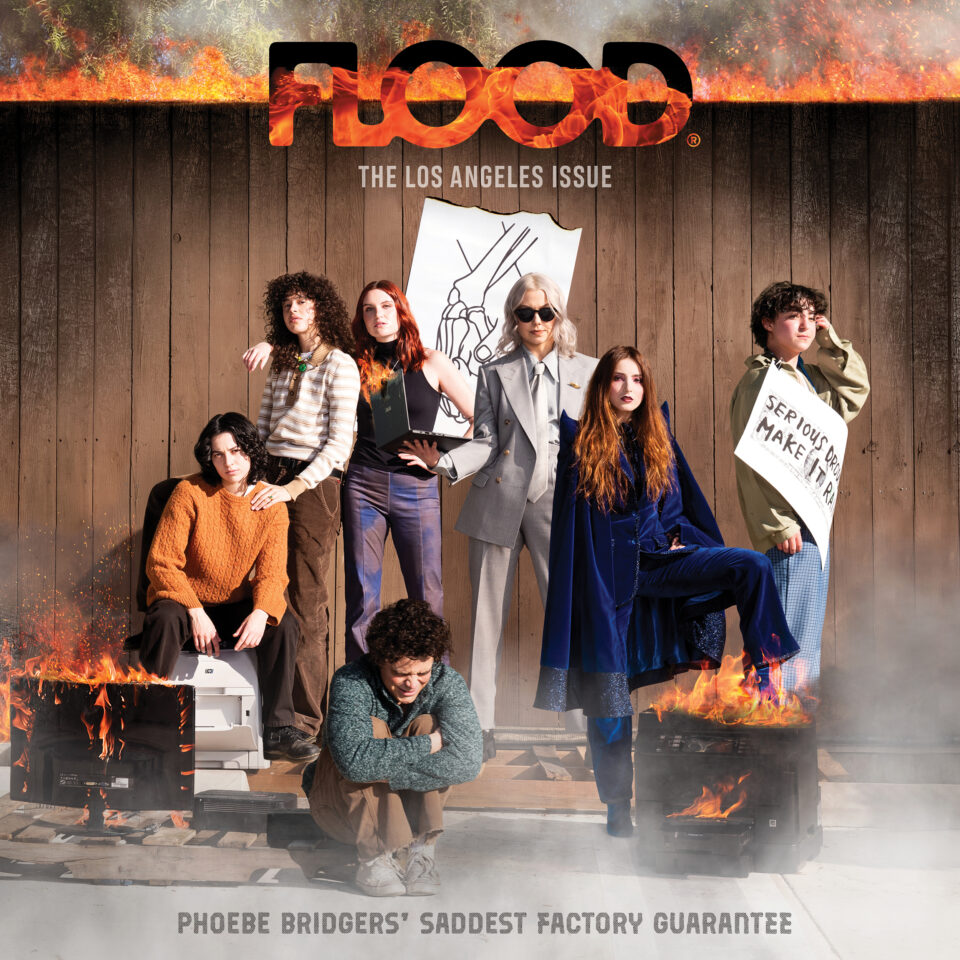
Photo by Michael Muller. Image design by Gene Bresler at Catch Light Digital. Cobver design by Jerome Curchod.
Phoebe Bridgers makeup: Jenna Nelson (using Smashbox Cosmetics)
Phoebe Bridgers hair: Lauren Palmer-Smith
MUNA hair/makeup: Caitlin Wronski
The Los Angeles Issue
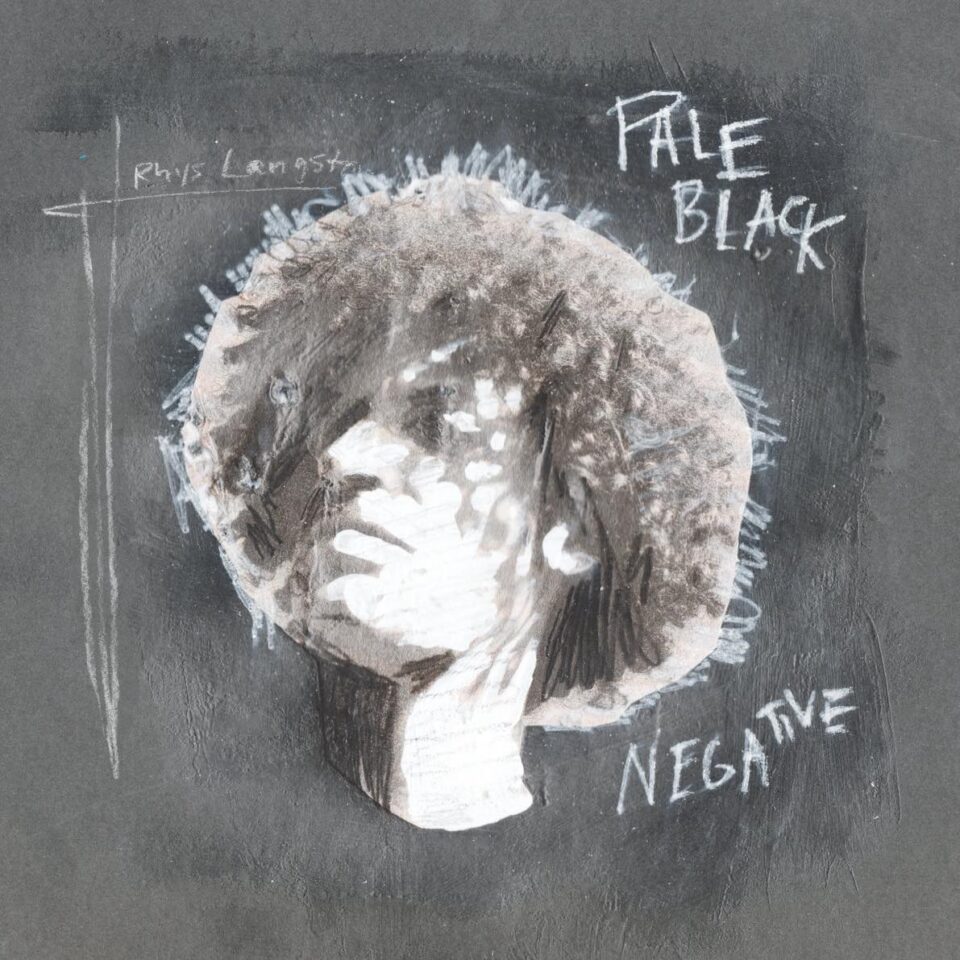
Rhys Langston, Pale Black Negative
The LA-based artist’s most comprehensive foray into genre abolition yet is a whirlwind of artistic exploration that sees the songwriter coloring well outside of hip-hop’s lines.
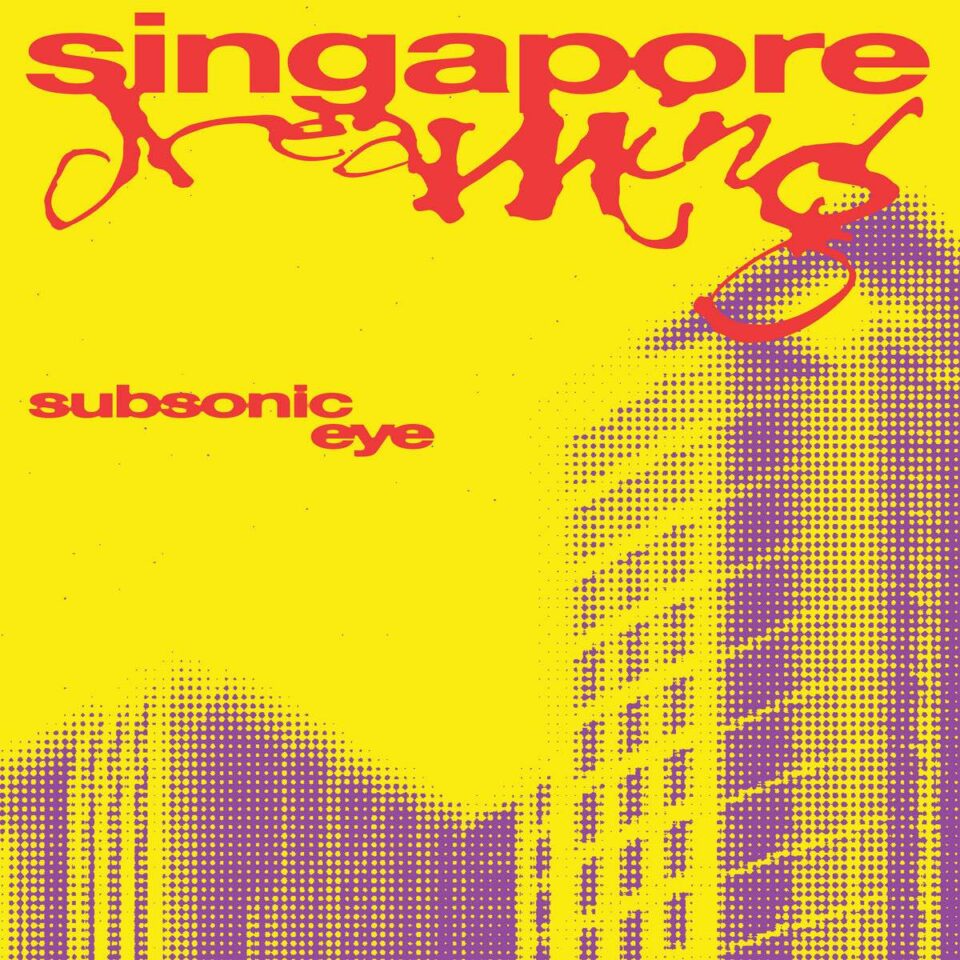
Subsonic Eye, Singapore Dreaming
The Singaporean indie rockers’ jangly fifth record proselytizes the beauty of the natural world, providing hope with deliriously catchy tunes that channel ’90s groups like Superchunk and GBV.
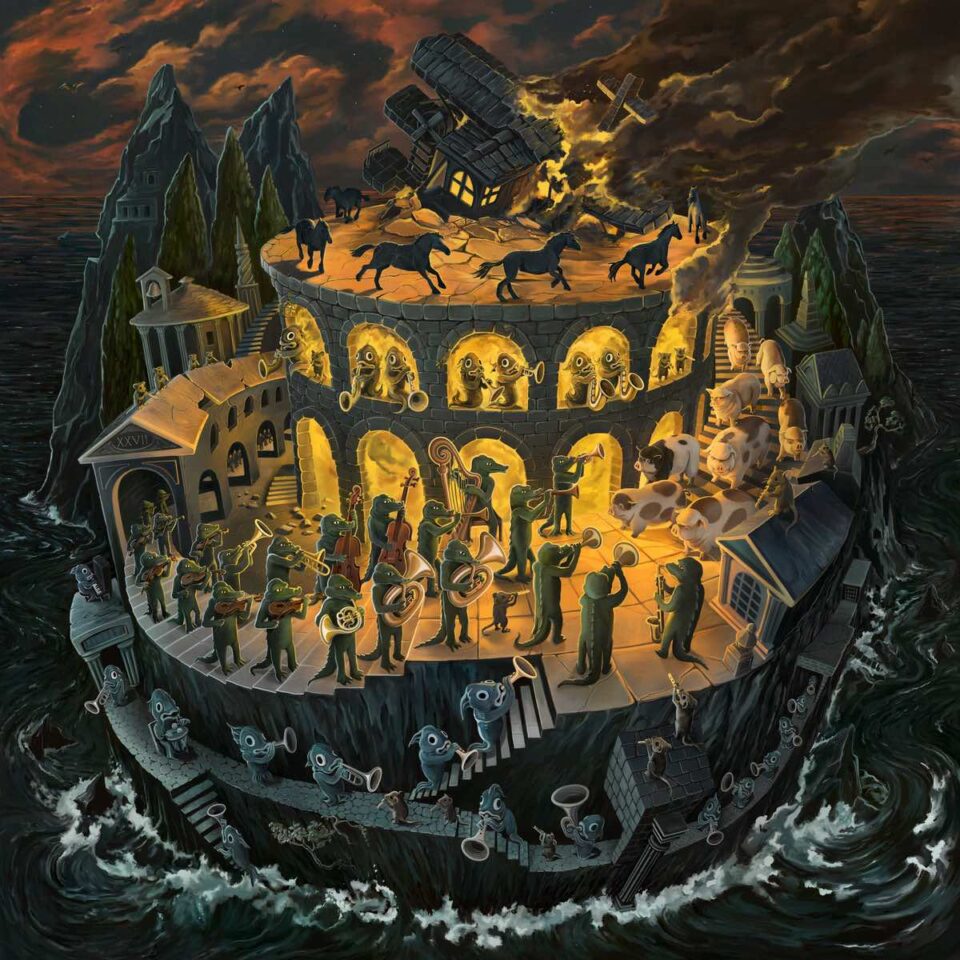
King Gizzard & the Lizard Wizard, Phantom Island
The Australian band’s growing comfort performing with orchestra musicians results in a bolder, brighter, more engaging, and more direct album than its predecessor.
Mike LeSuer

Any man can play guitar—but here are five men who are actually pretty good.
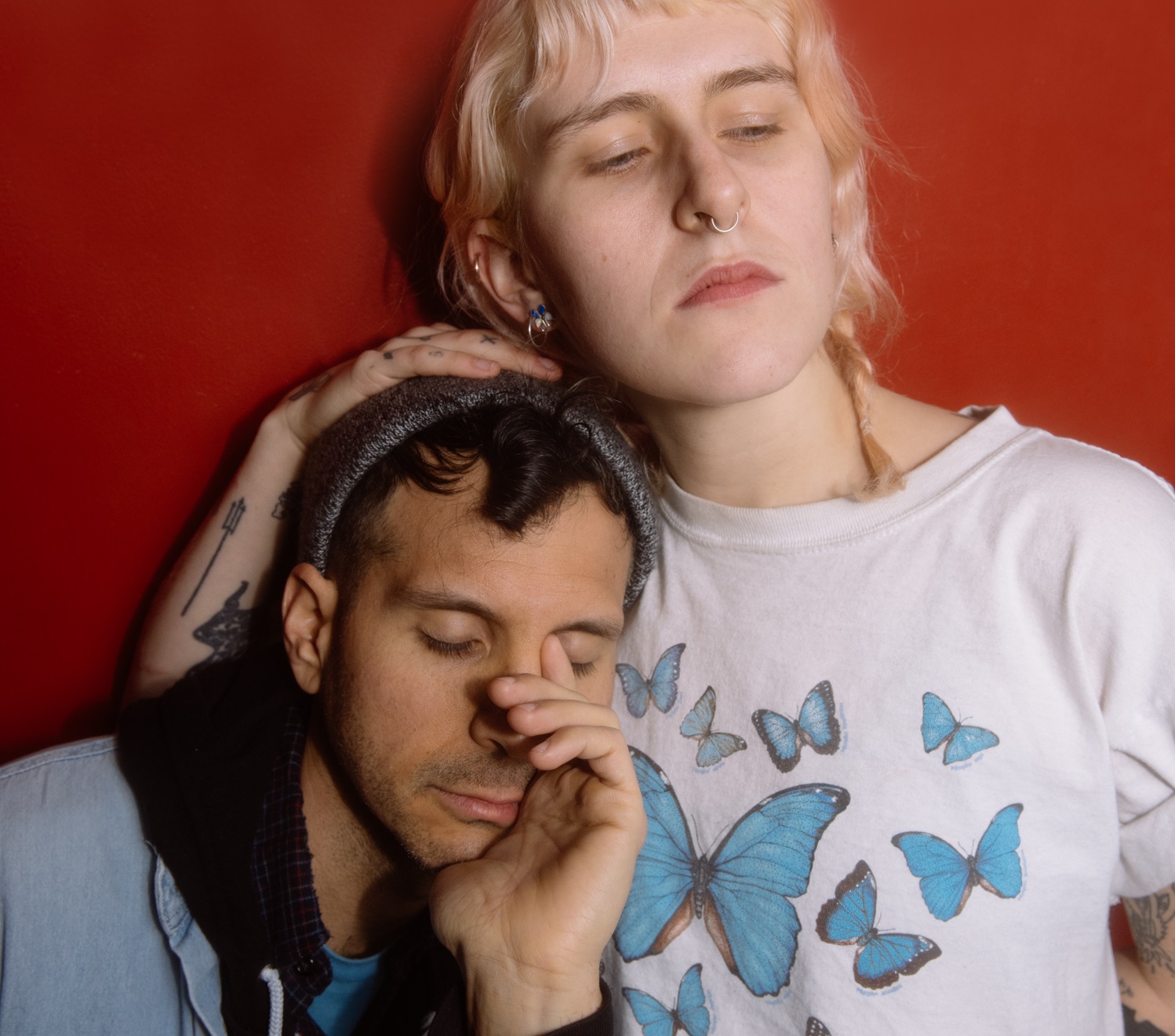
With the release of the two groups’ first collaborative recording, the recent tour mates take their already-public friendship to the next level.
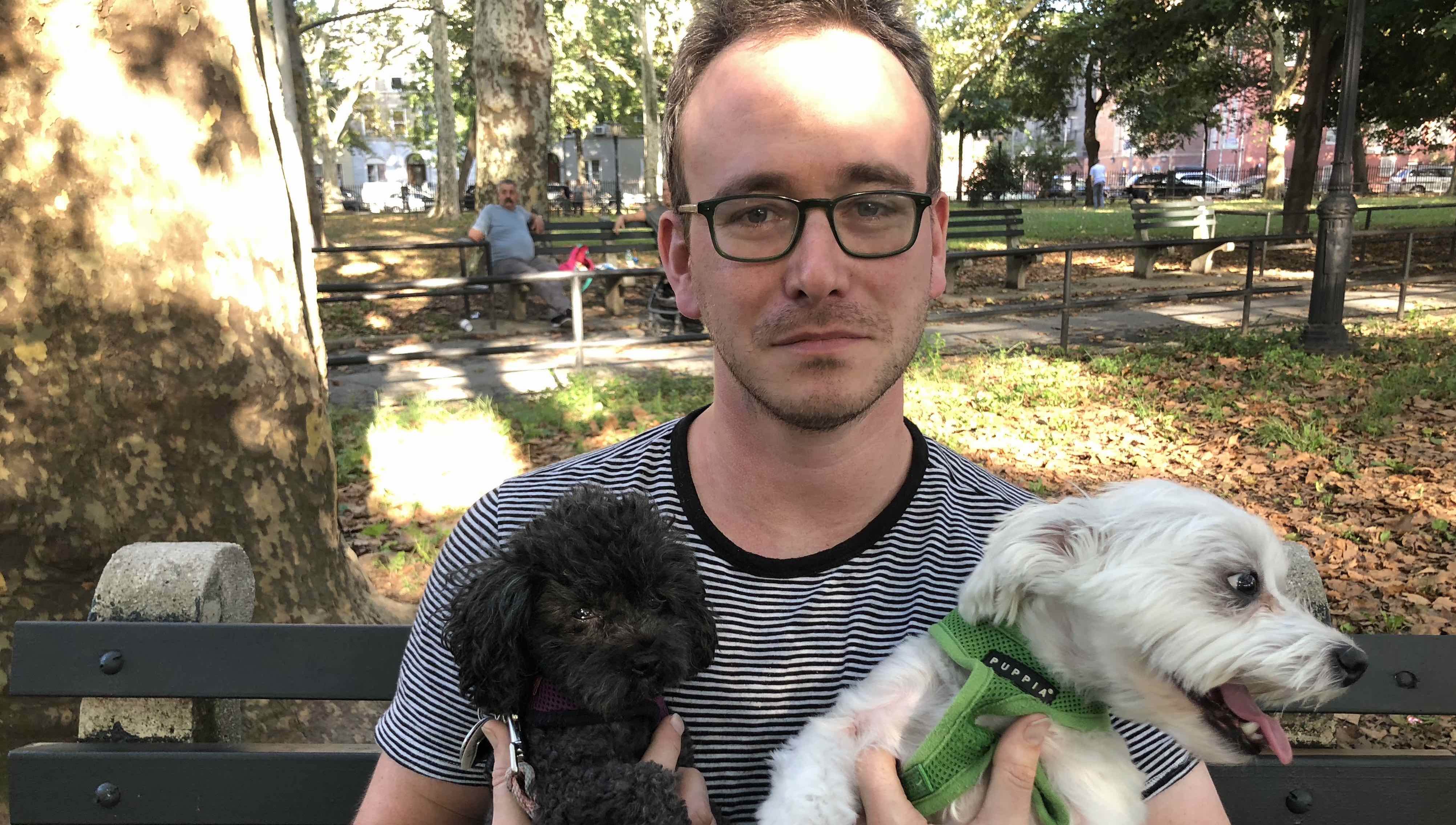
The illustrator and comic book artist walks us through his vision of a world that’s both musical and anti-Seussical.
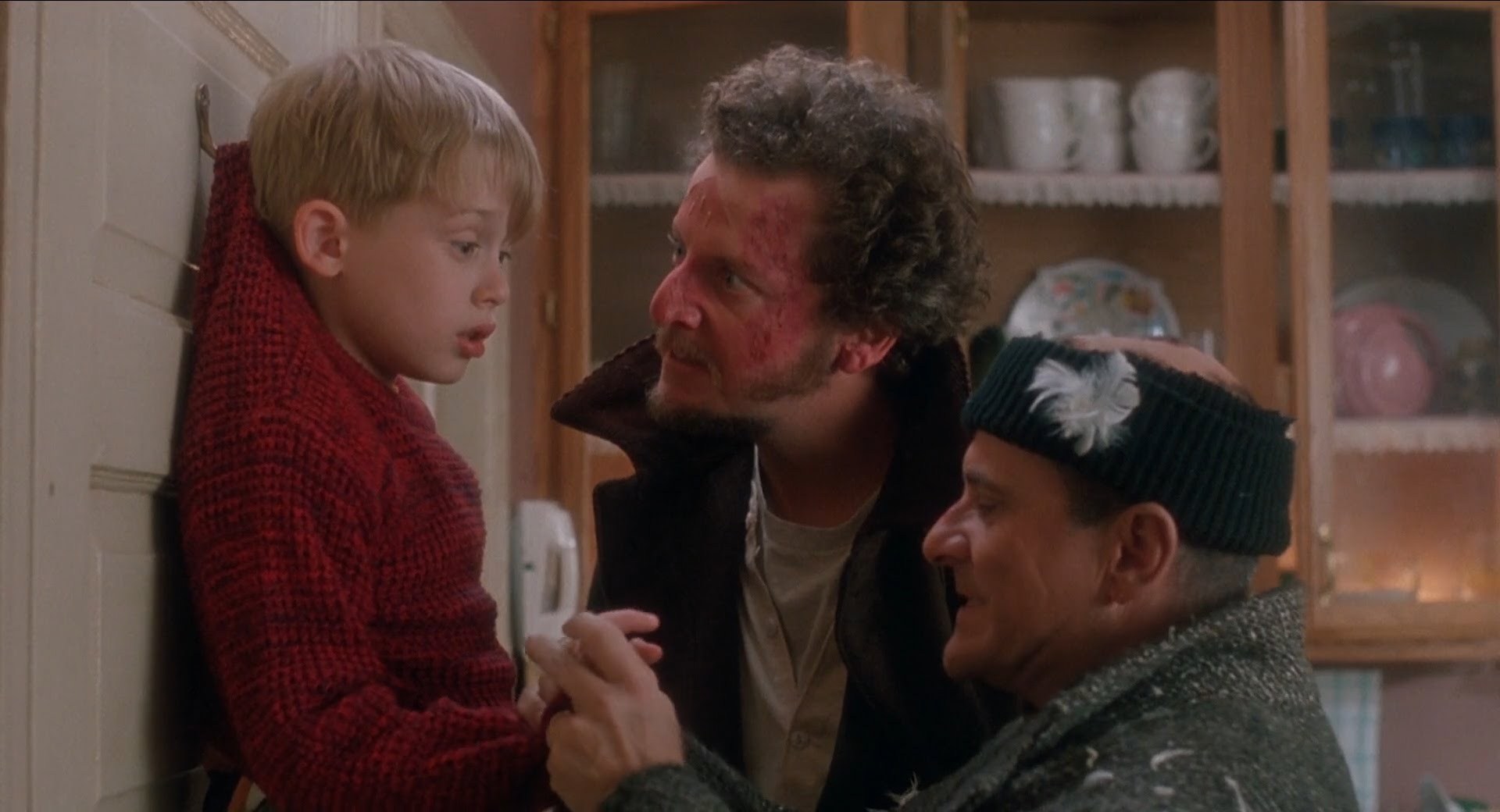
A long overdue re-examination of the overt sociopolitical themes and genre revisionism of Chris Columbus’s classic vigilante thriller.

Ten of the most undeniably positive—and surprisingly palatable—moments music, film, and the world of memes had to offer.
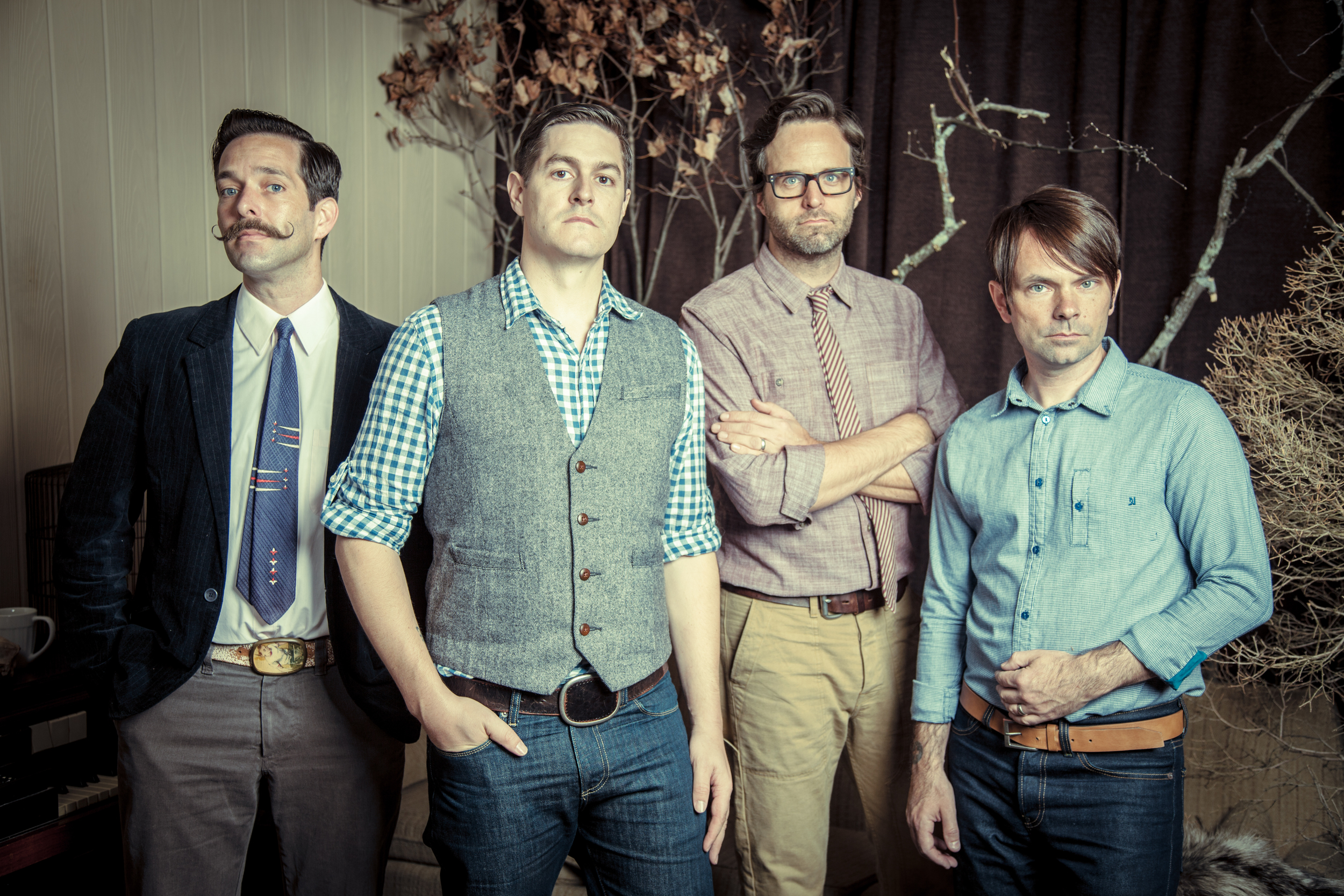
An investigation into the only category of music entirely defined by its constricting censorship.
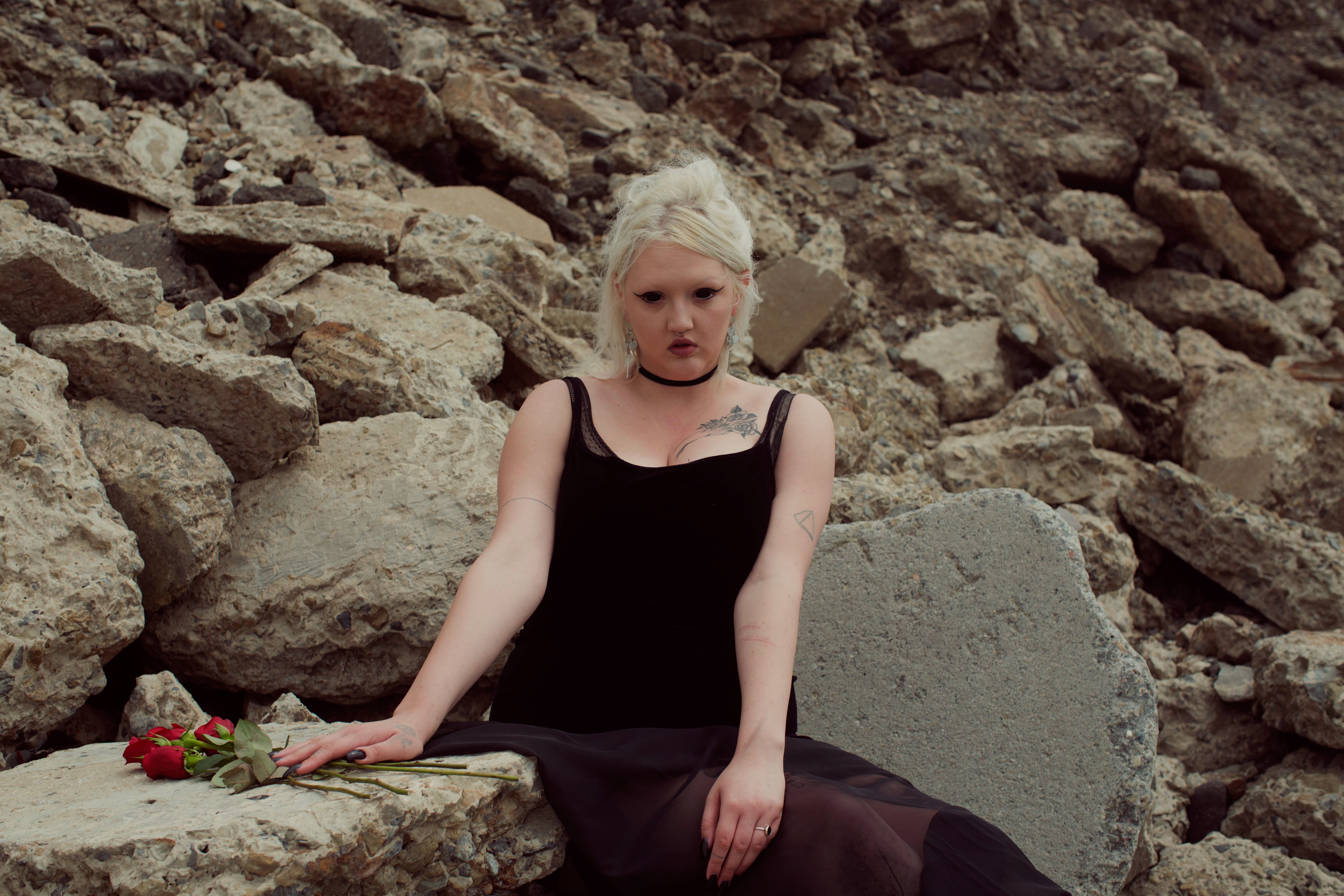
Kennedy Ashlyn walks us through her recent West Coast mini-tour with a photo diary.

On Lillie West’s debut for Hardly Art, her recent sobriety and a newfound gratitude for life stand resiliently among Chicago’s freaky music scene.

The Wolf Parade cofounder sends off his latest side-project with his most experimental record to date—and a promise to dive back into the unknown.

Jilian Medford shares ten tracks about crushing (and getting crushed by) crushes that helped inspire Crush Crusher.
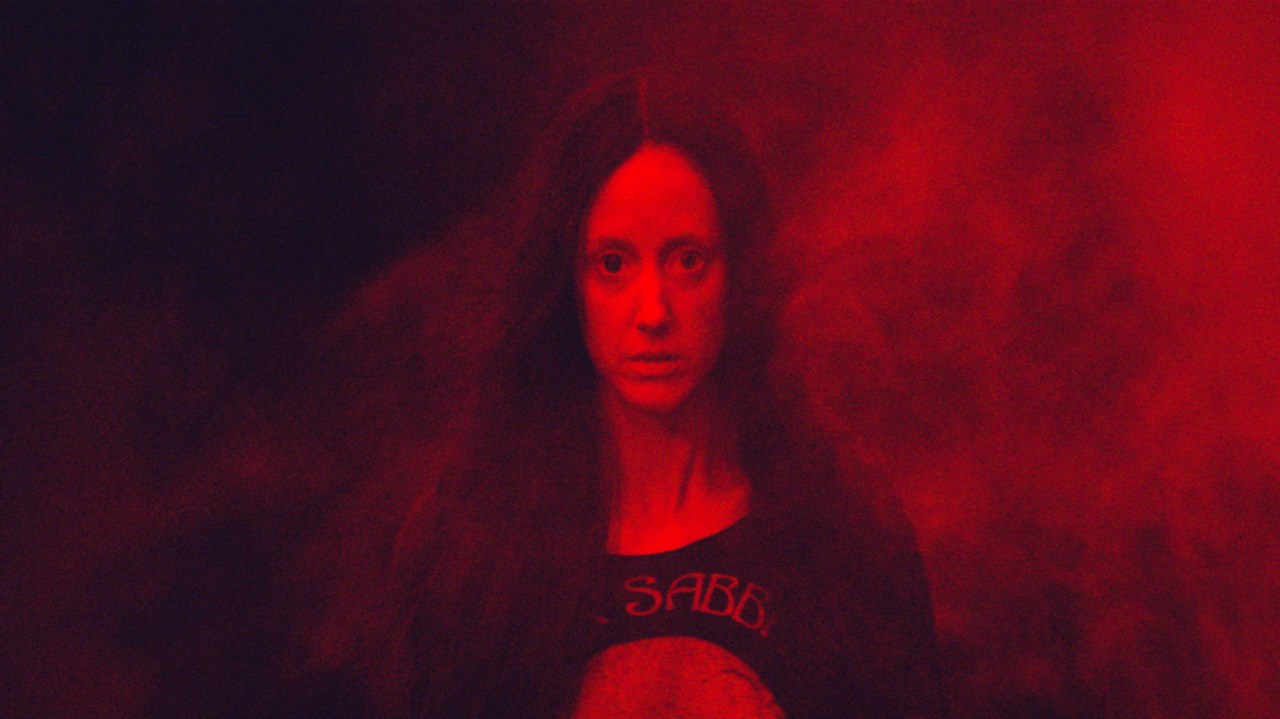
If you squint, Panos Cosmatos’s latest psychedelic feature is actually a lonesome martyr’s fantasy to save heavy metal from the Reagan administration’s threatening anti-pornography policies.

In a time when profanity-laden band names have cluttered the blogosphere, TFS’s Gareth Liddiard lets us know which bands are worth of the meatspace they occupy.
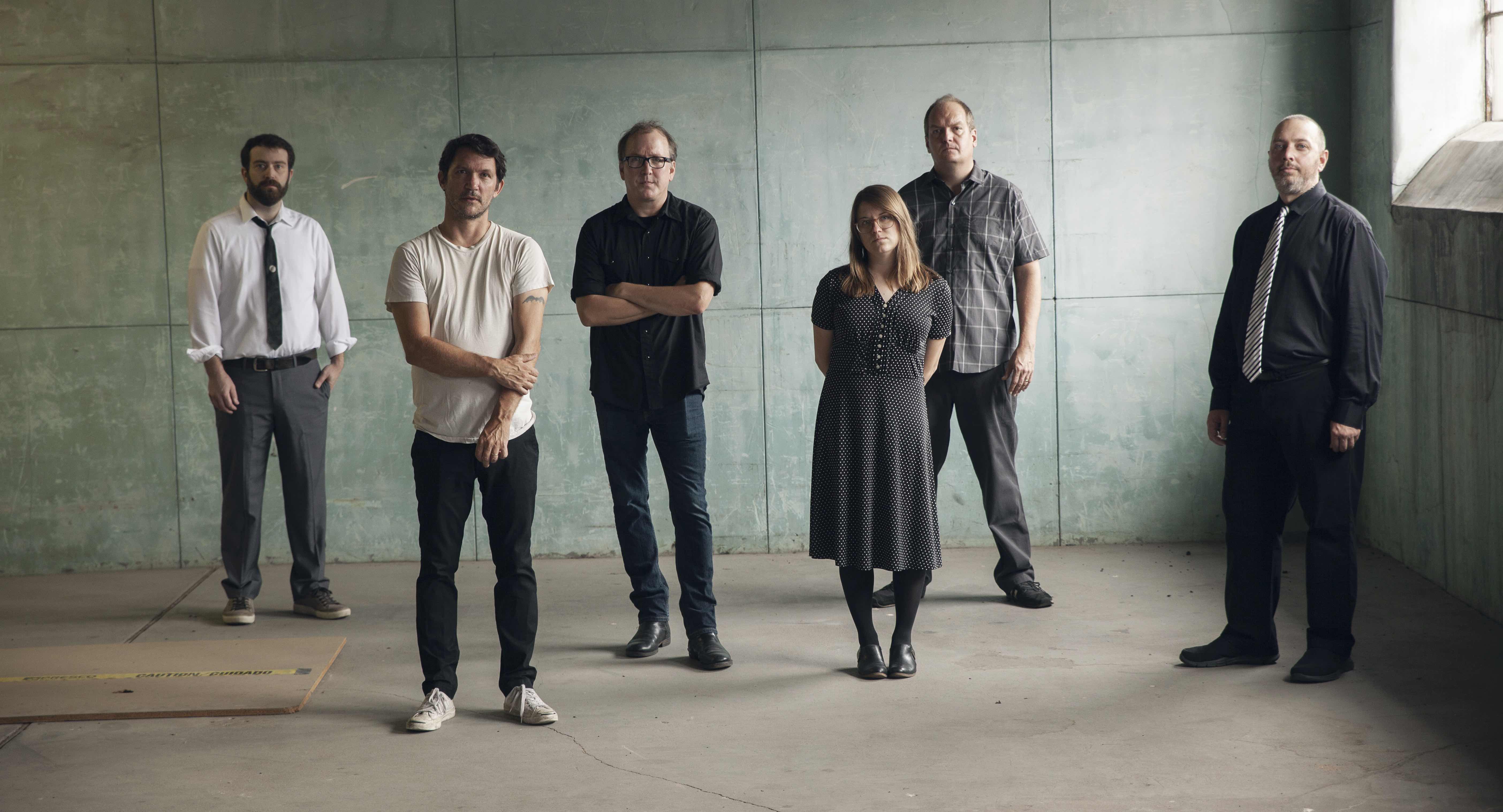
Speaking about Vitriola, the band’s eighth album, Tim Kasher reminds us that Cursive is not a solo project.

Aesop Rock or A$AP Rocky? “The Prestige” (2006) or “The Illusionist” (2006)? Ugh. I can’t put up with this anymore: There can only be one.
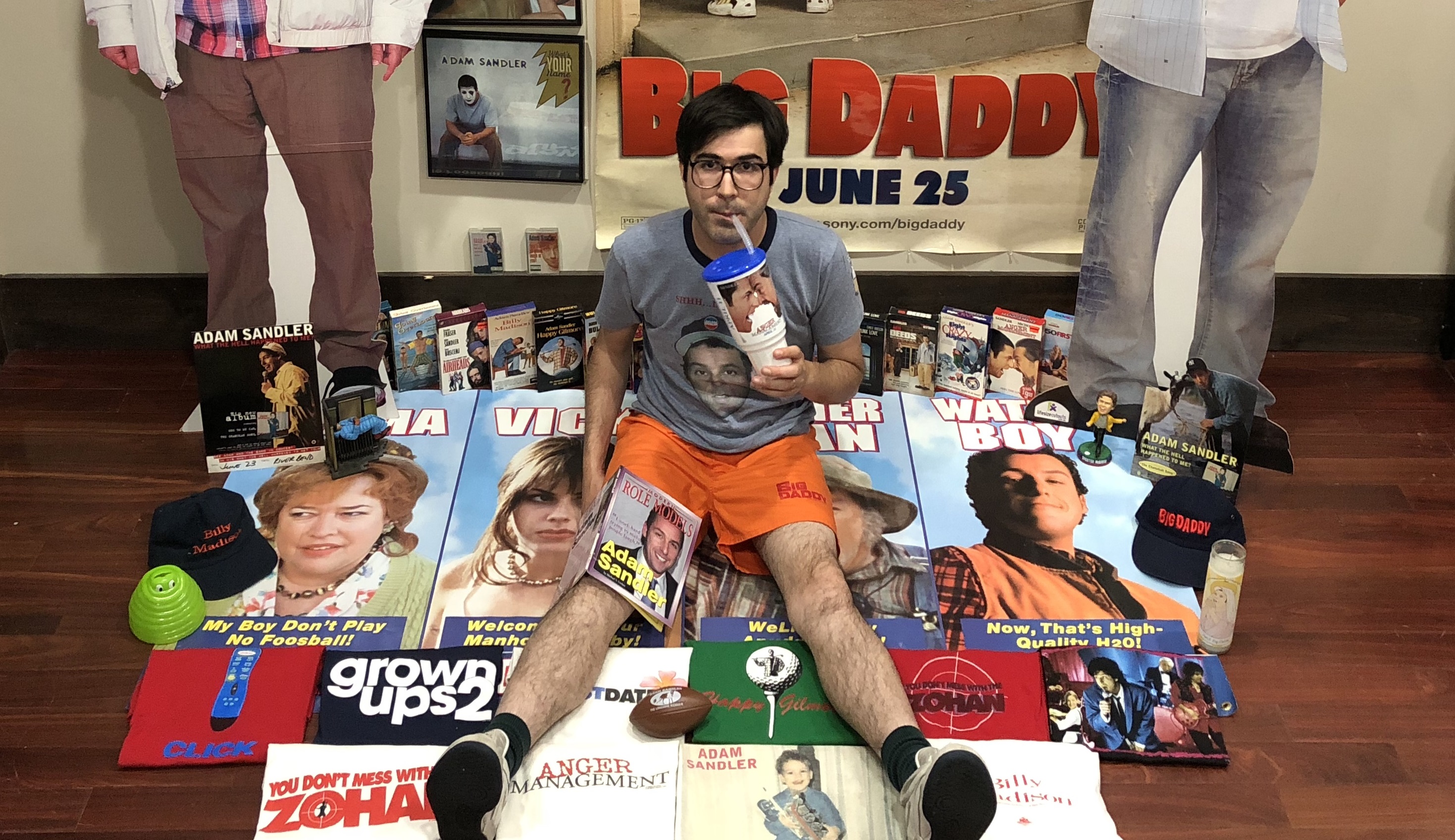
Talking Sand™ with the comedian’s most devoted fan, who most recently pledged his allegiance by watching a Sandler movie every day for a year.
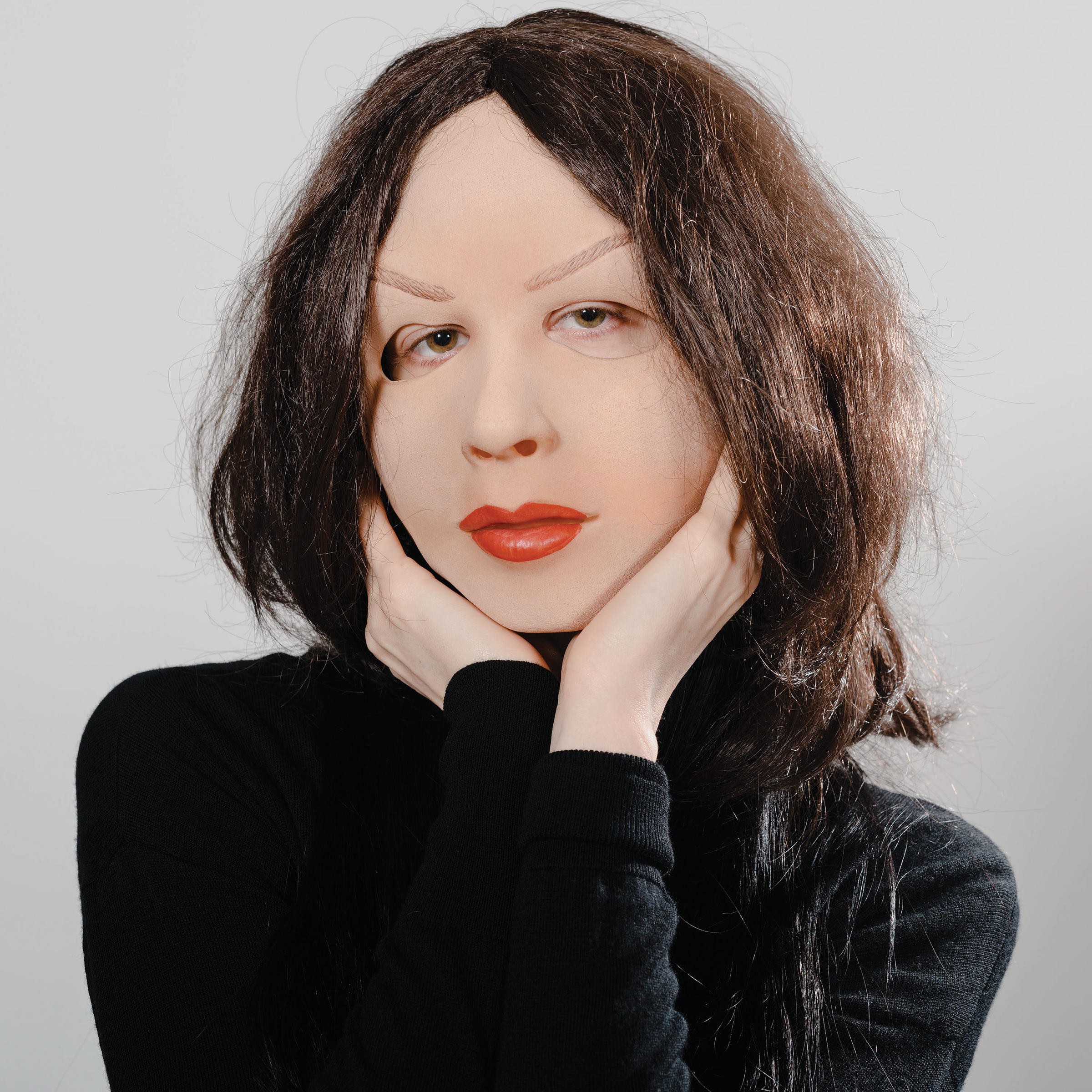
What initially feels like a watered-down sequel to a totally unique album reveals itself to be an impressive demonstration of dream-pop art brut.
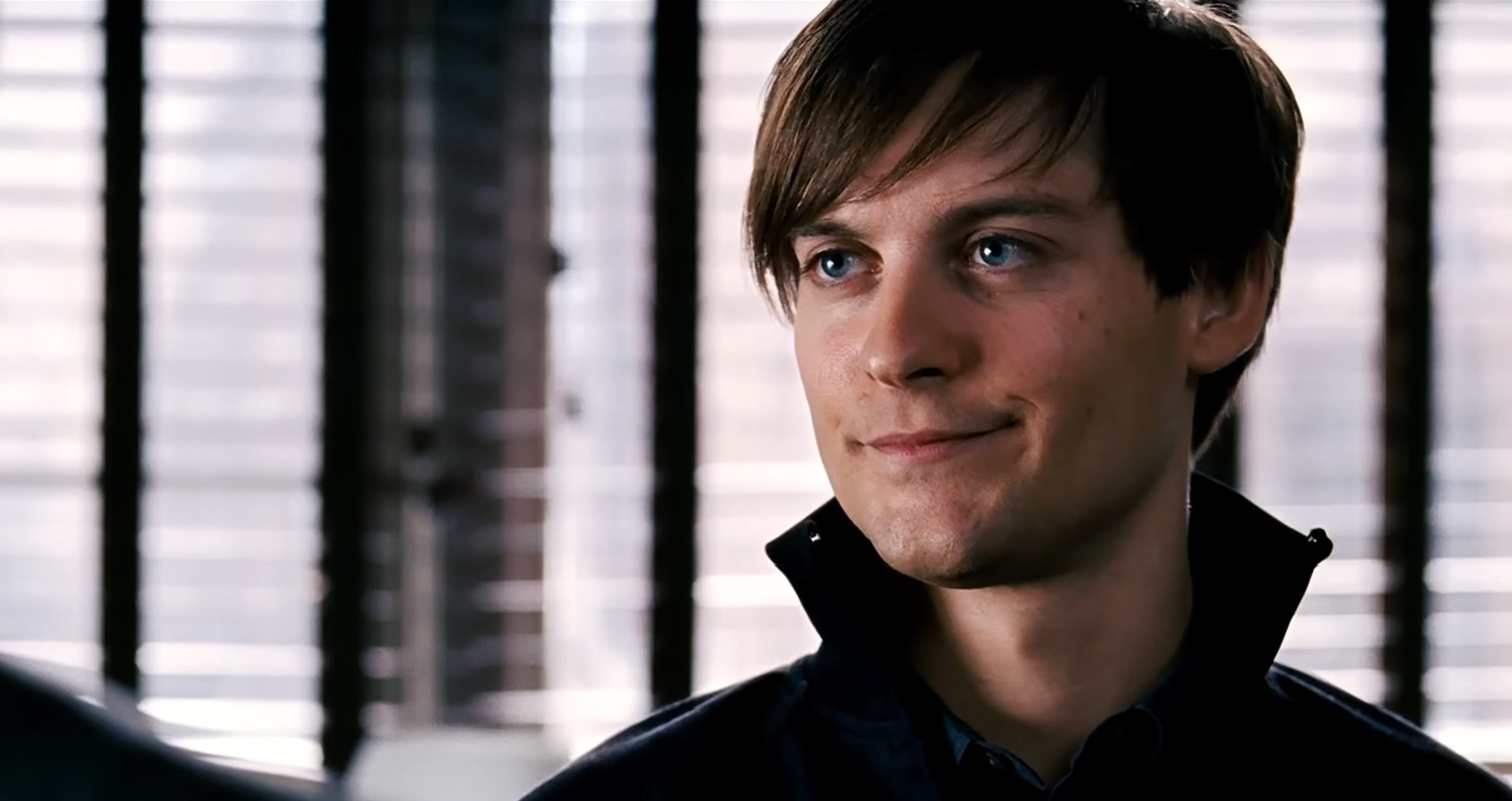
The official unofficial soundtracks to Sam Raimi’s trilogy reflect an odd moment in the history of popular movie soundtracks—namely one in which the soundtracks’ songs don’t actually appear in the movies.
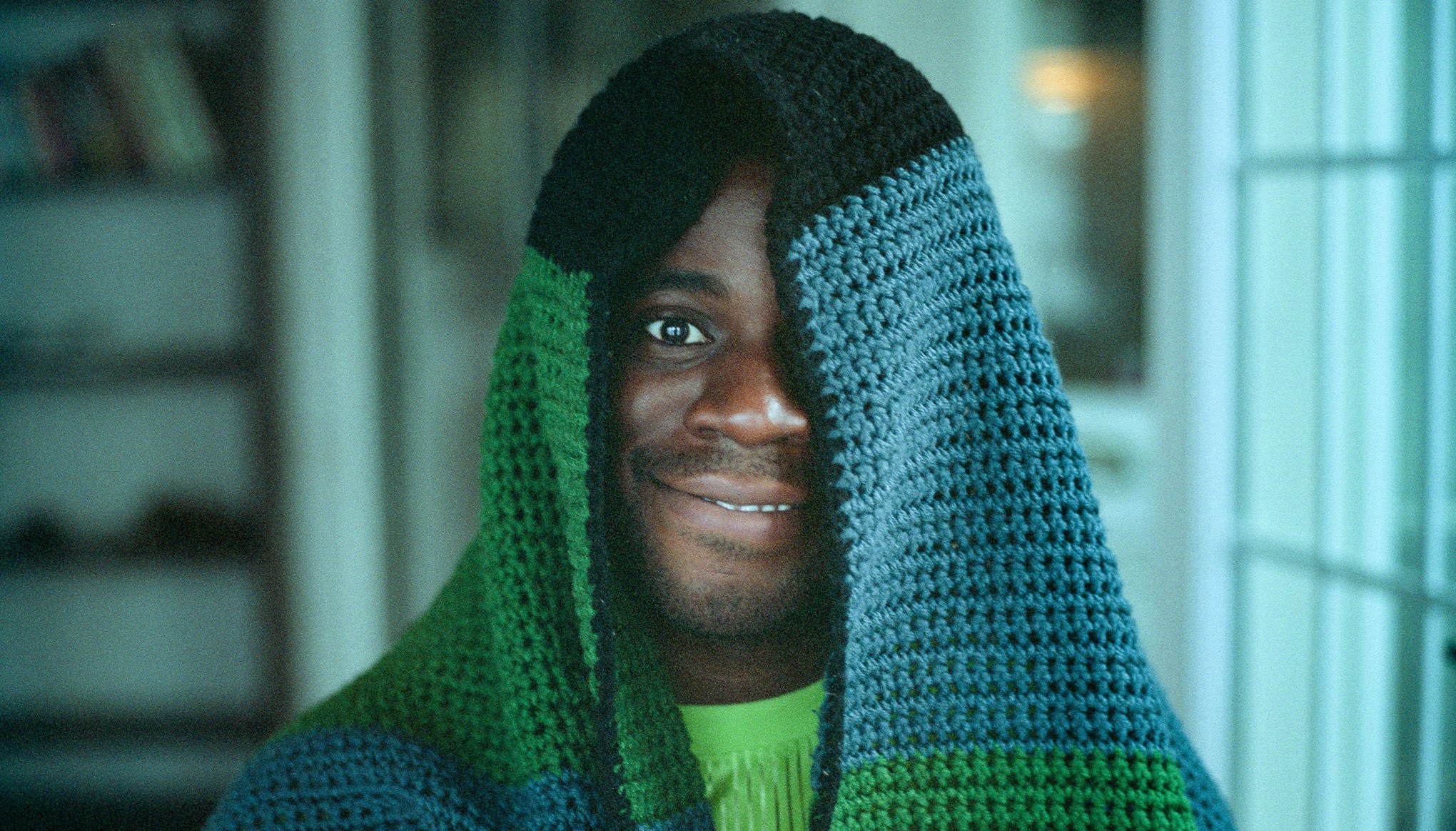
With a musical portfolio as diverse as it is outlandish, the Chicago-based rapper and multi-instrumentalist rightly insists that you could never be a Nnamdi.
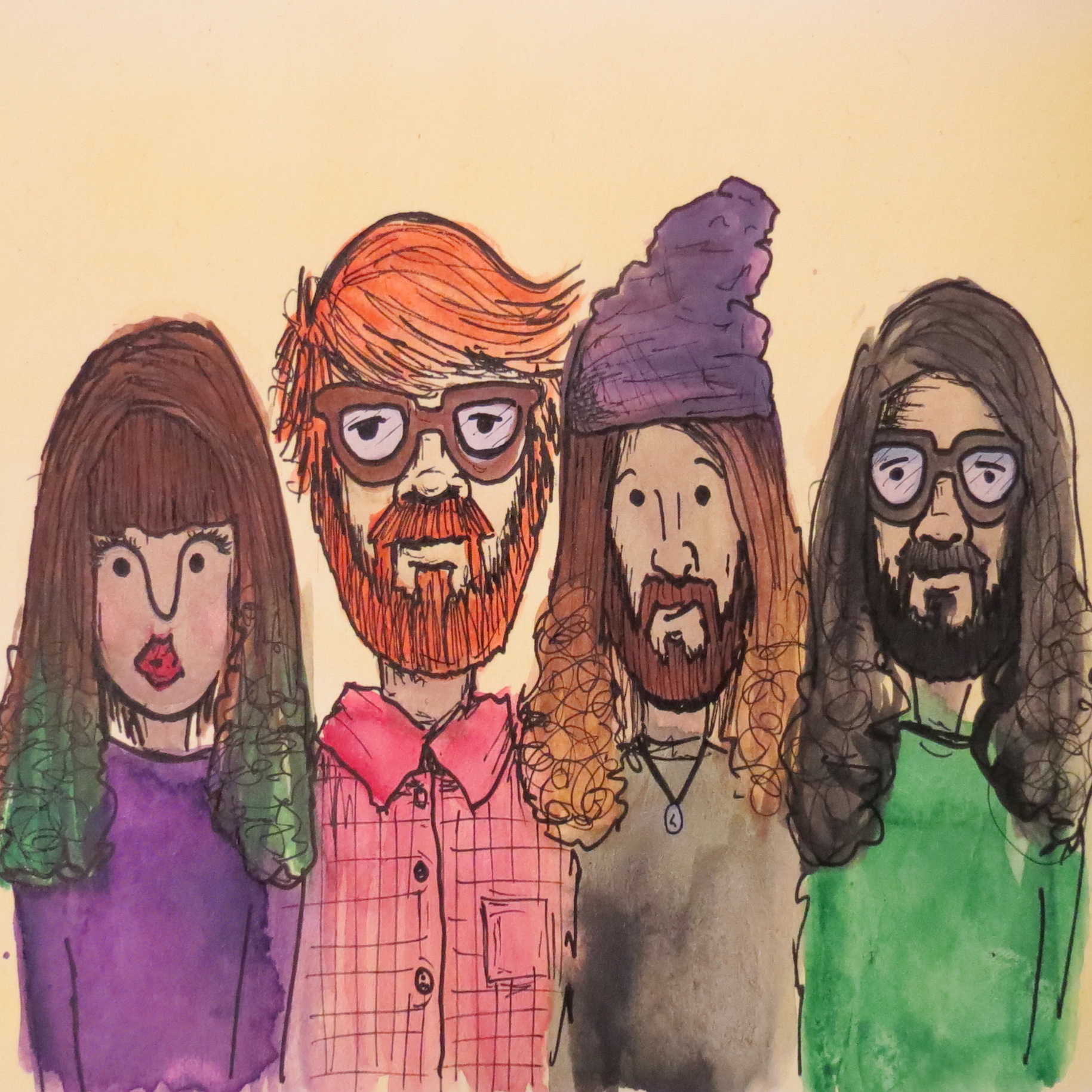
The Brooklyn-based group announce their EP II with an Alanis-inspired burner.
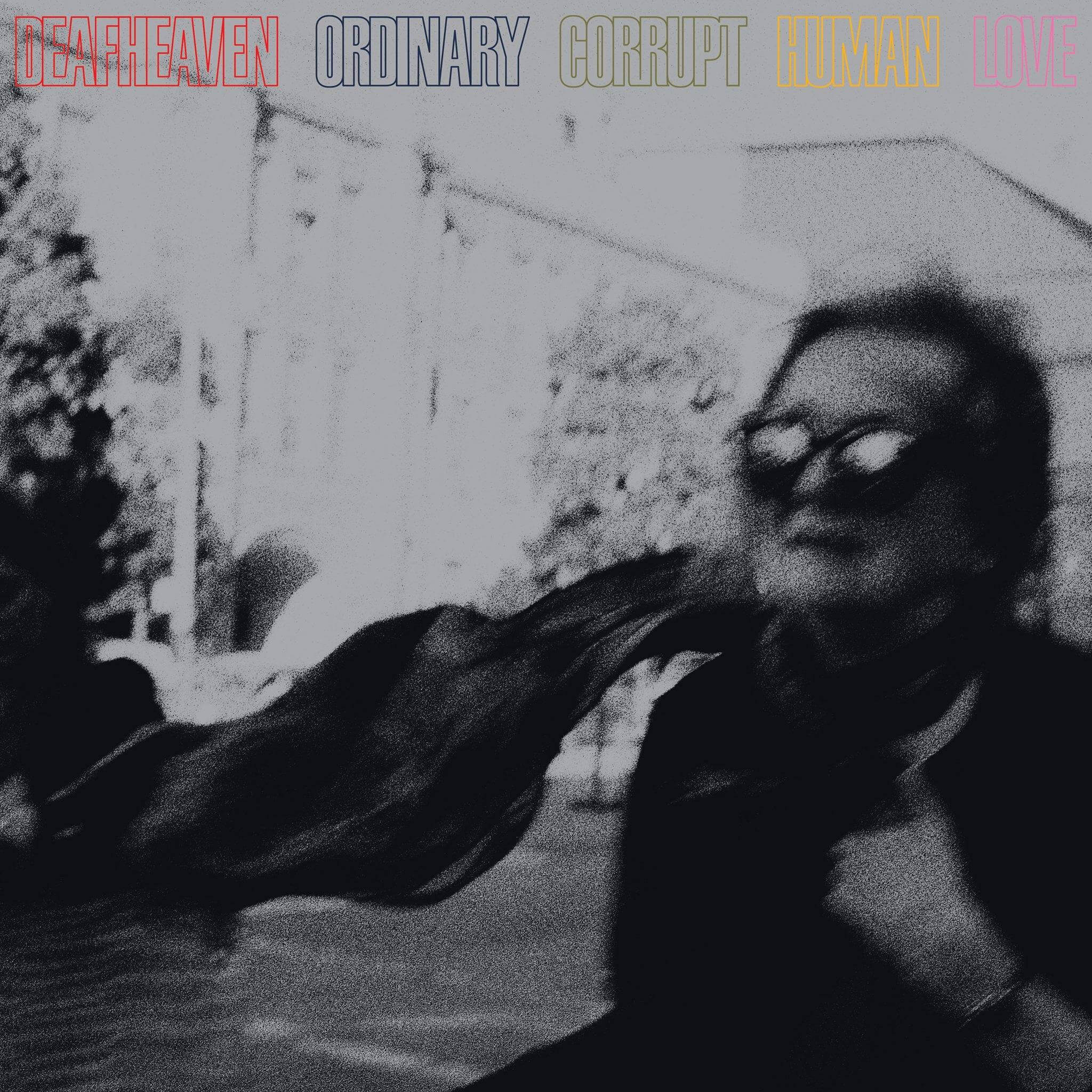
“Ordinary Corrupt Human Love” is a plunderphonic expression of a convoluted, black-metal-sized subject: human love.

